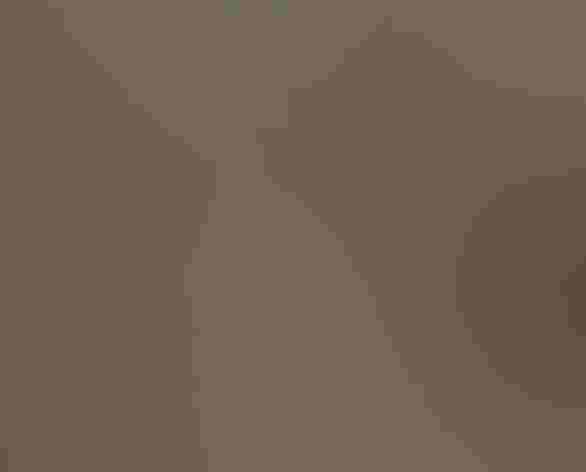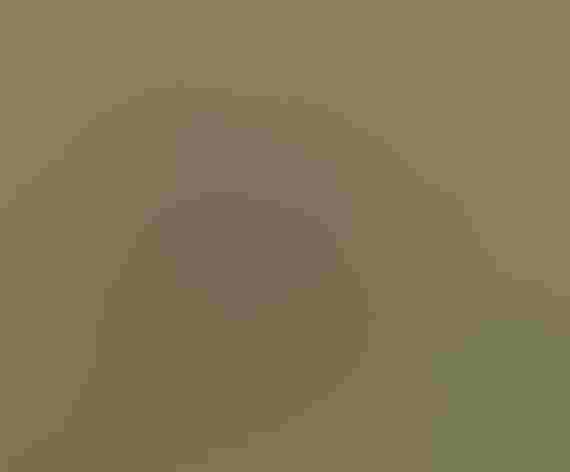Grasshopper Sparrow
At a Glance
A flat-headed, short-tailed little sparrow of the fields, the Grasshopper Sparrow may go unnoticed even when it is singing, because its song is much like the buzz of a grasshopper. The birder who learns this sound may spot the bird perched on a weed stalk or the lowest wire of a fence. When not singing, the bird stays out of sight; if disturbed it flies away low for a few yards before diving headfirst back into the grass.
All bird guide text and rangemaps adapted from Lives of North American Birds by Kenn Kaufman© 1996, used by permission of Houghton Mifflin Harcourt Publishing Company. All rights reserved.
Category
New World Sparrows, Perching Birds
Conservation
Low Concern
Habitat
Fields, Meadows, and Grasslands, Shrublands, Savannas, and Thickets
Region
California, Eastern Canada, Florida, Great Lakes, Mid Atlantic, New England, Northwest, Plains, Rocky Mountains, Southeast, Southwest, Texas, Western Canada
Behavior
Direct Flight, Flitter, Running
Population
34.000.000
Range & Identification
Migration & Range Maps
Apparently migrates mostly at night. Peak of migration in many areas during late April and October.
Description
4 1/2-5" (11-13 cm). Big-headed, short-tailed, with flat forehead. Crown has central white stripe bordered by thick dark stripes, otherwise mostly plain buff on face and chest. Gray nape with fine pink stripes, heavily striped back.
Size
About the size of a Robin, About the size of a Sparrow
Color
Black, Brown, Tan, White
Wing Shape
Broad
Tail Shape
Notched, Rounded, Square-tipped
Songs and Calls
A high-pitched, insect-like kip-kip-kip, zeeee, usually uttered from the top of a weed stalk.
Call Pattern
Flat, Rising, Undulating
Call Type
Buzz, Chirp/Chip, Trill
Habitat
Grassland, hayfields, prairies. Breeds in rather dry fields and prairies, especially those with fairly tall grass and weeds and a few scattered shrubs. Also nests in overgrown pastures and hayfields, and sometimes in fields of other crops. In Florida, nests in prairie with scattered palmettos. During migration and winter, found in many types of open fields.
Sign up for Audubon's newsletter to learn more about birds like the Grasshopper Sparrow
Behavior
Eggs
4-5, sometimes 3-6. Creamy white, spotted with reddish brown and gray. Incubation is by female only, about 11-12 days.
Young
Both parents feed the nestlings. Young leave the nest about 9 days after hatching, before they are able to fly well.
Feeding Behavior
Forages while hopping or running on the ground, picking up items from the soil or from plant stems. Almost always forages alone.
Diet
Mostly insects and seeds. In summer feeds mostly on insects, including many grasshoppers, also beetles, caterpillars, ants, true bugs, and many others. Also eats spiders, snails, centipedes, and earthworms. Seeds are also important in diet, probably more so in winter, including those of weeds and grasses as well as waste grain.
Nesting
May nest in small colonies; numbers in a given area often change markedly from year to year. Male sings from a low perch to defend territory; sometimes sings at night. In courtship, sometimes sings in flight. Nest site is on the ground, very well hidden at base of weed, shrub, or clump of grass. Often placed in slight depression, so that rim of nest is even with level of ground. Nest (probably built by female) is an open cup of dry grass, lined with fine grass, rootlets, sometimes animal hair. Usually has partly domed back and sides of grass woven into overhanging vegetation, leaving opening at front.
Climate Vulnerability
Conservation Status
Still common in some areas but has declined significantly in others. Florida race is seriously endangered, with very limited range.
Climate Threats Facing the Grasshopper Sparrow
Choose a temperature scenario below to see which threats will affect this species as warming increases. The same climate change-driven threats that put birds at risk will affect other wildlife and people, too.








